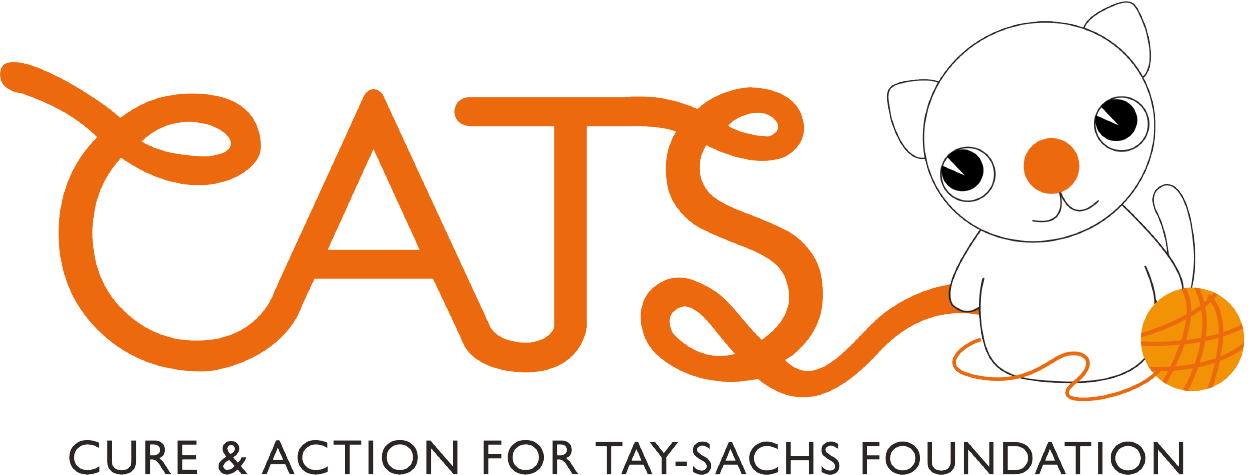What is hypotonia (low tone)
Hypotonia in a baby
Hypotonia, or low tone as it is commonly referred to by physiotherapists is a common symptom of Tay-Sachs. Parents are regularly told that their child has this “tone” problem – but the usual explanation is simply that the child has low tone. We have put together an explanation which may be more informative than normal!
Overview
The medical explanation of what is hypotonia (low tone) is below:
“Hypotonia is a state of low muscle tone (the amount of tension or resistance to movement in a muscle), often involving reduced muscle strength. Hypotonia is not a specific medical disorder, but a potential manifestation of many different diseases and disorders that affect motor nerve control by the brain or muscle strength.”
The above explains that hypotonia is a medical term for decreased muscle tone. With this decrease, muscles take on a floppy, ‘rag-doll’ appearance. Healthy muscles are never fully relaxed as they retain a certain amount of tension to allow them to be used when needed. This tension is known as muscle tone. Decreased muscle tone is not the same as muscle weakness although in some cases of hypotonia, muscle weakness can develop alongside decreased muscle tone.
As hypotonia is not lack of muscles or muscle weakness but rather is the resistance to movement in a muscle a good practical explanation is:
“If your child jumps from a stair, they will land in the frog position. Why? Their muscles cannot respond at a high enough rate to keep them on two feet. The resistance of the muscle to stay upright is not there.”
Types of hypotonia
Hypotonia is not classified as a condition in itself but rather is a symptom of another underlying condition. There are two main types of hypotonia which are outlined below:
“Acquired hypotonia – the symptoms of hypotonia develop after birth as the result of an underlying medical condition, injury or trauma.”
Acquired hypotonia can develop after an illness, infection or injury damages the brain and/or nervous system. For example, this can occur in conditions such as muscular dystrophy or a serious head injury.
“Congenital hypotonia – the symptom of hypotonia is present at birth.”
Congenital hypotonia is usually caused by genetic (inherited) conditions that disrupt the normal development of the nerves, muscles and brain. The hypotonia which occurs in Tay-Sachs is this form.
Tay-Sachs and hypotonia
In terms of hypotonia and Tay-Sachs that it is present as a consequence of the disease. The explanation below of hypotonia and developmental delay outlines this:
“Children with normal muscle tone are expected to achieve certain physical abilities within an average timeframe after birth. Most low-tone infants have delayed developmental milestones, but the length of delay can vary widely. Motor skills are particularly susceptible to the low-tone disability. They can be divided into two areas, gross motor skills, and fine motor skills, both of which are affected. Hypotonic infants are late in lifting their heads while lying on their stomachs, rolling over, lifting themselves into a sitting position, remaining seated without falling over, balancing, crawling, and walking. Fine motor skills delays occur in grasping a toy or finger, transferring a small object from hand to hand, pointing out objects, following movement with the eyes, and self feeding.”
The above outlines many clear physical signs which occur due to Tay-Sachs. The loss of motor skills, both gross and fine occur in individuals suffering from the disease.
Helping someone with hypotonia
As individuals with Tay-Sachs suffer from congenital hypotonia there is no known cure, rather helping with mobility is the best course of action.
“For most types of congenital hypotonia, a cure is not possible and the symptoms of hypotonia will persist for the rest of a person’s life. The symptoms can be improved with treatment, such as physiotherapy and occupational therapy (therapy that is designed to improve the skills and abilities needed for daily activities).”
Occupational therapy can be used to assist with fine motor skill development and hand control, and speech-language therapy can help breathing, speech, and swallowing difficulties – all common problems associated with Tay-Sach. Therapy for infants and young children may also include sensory stimulation programs and ankle/foot orthoses are sometimes used for weak ankle muscles. Toddlers and children with speech difficulties may benefit greatly by using sign language.



